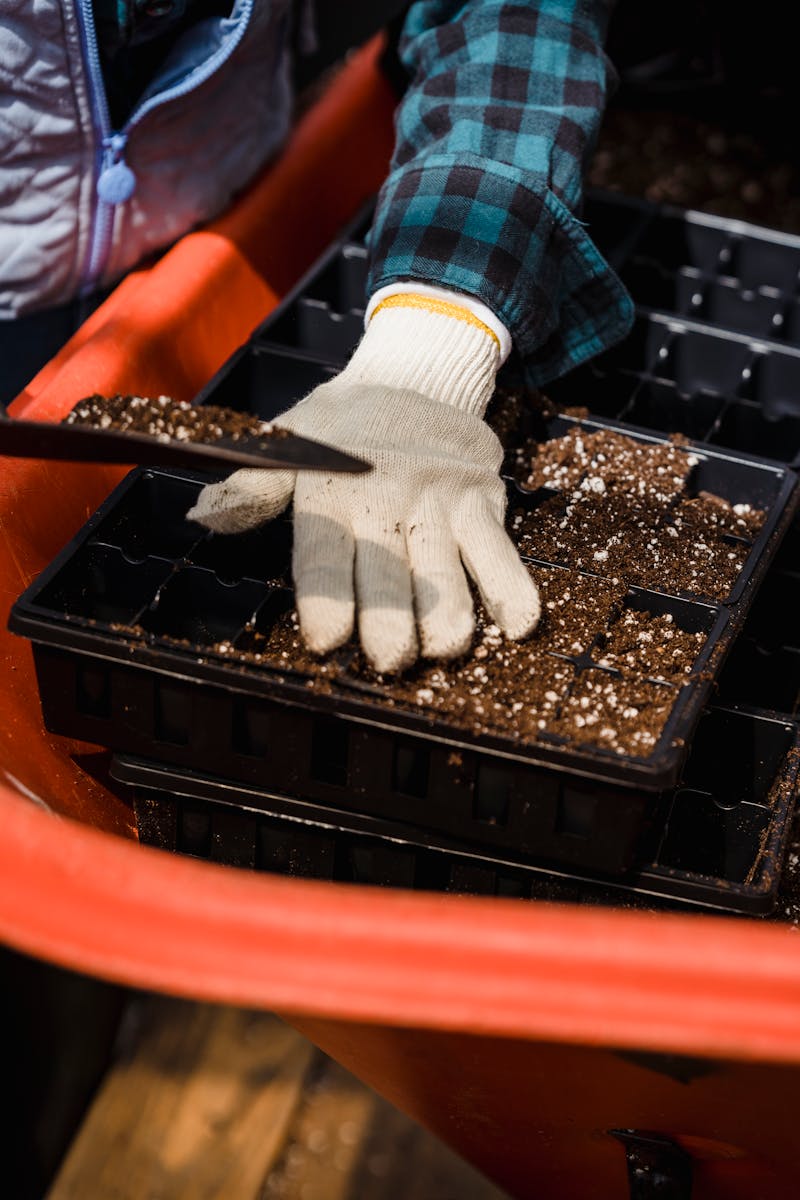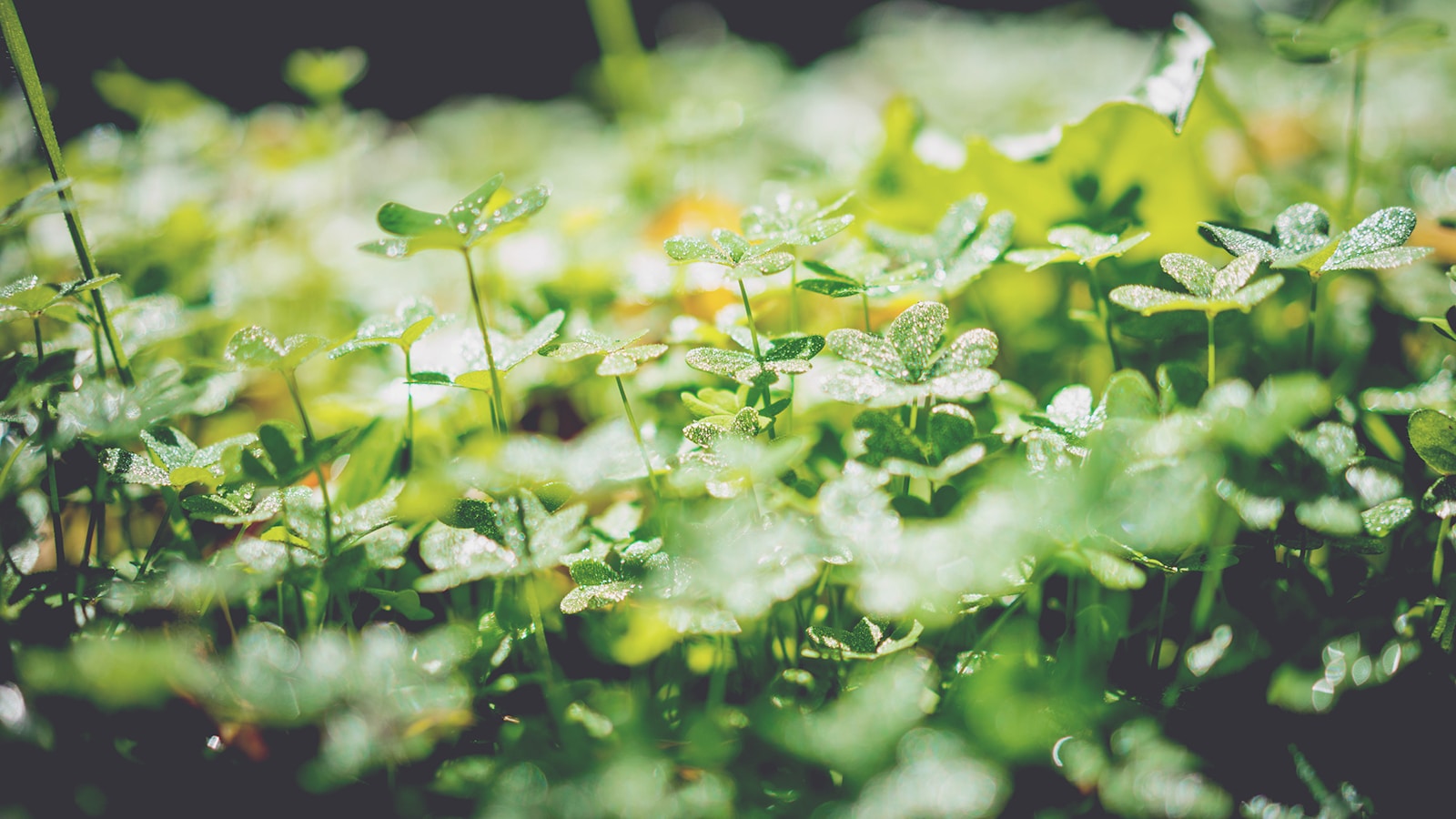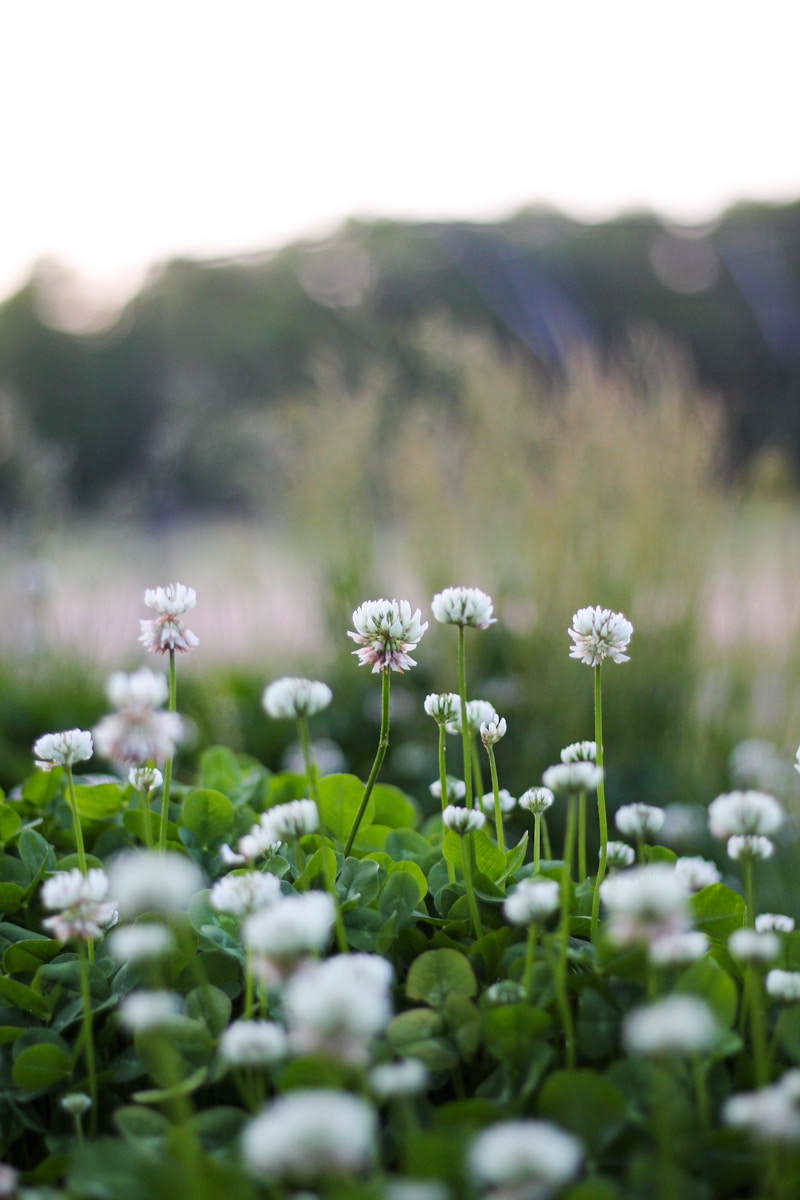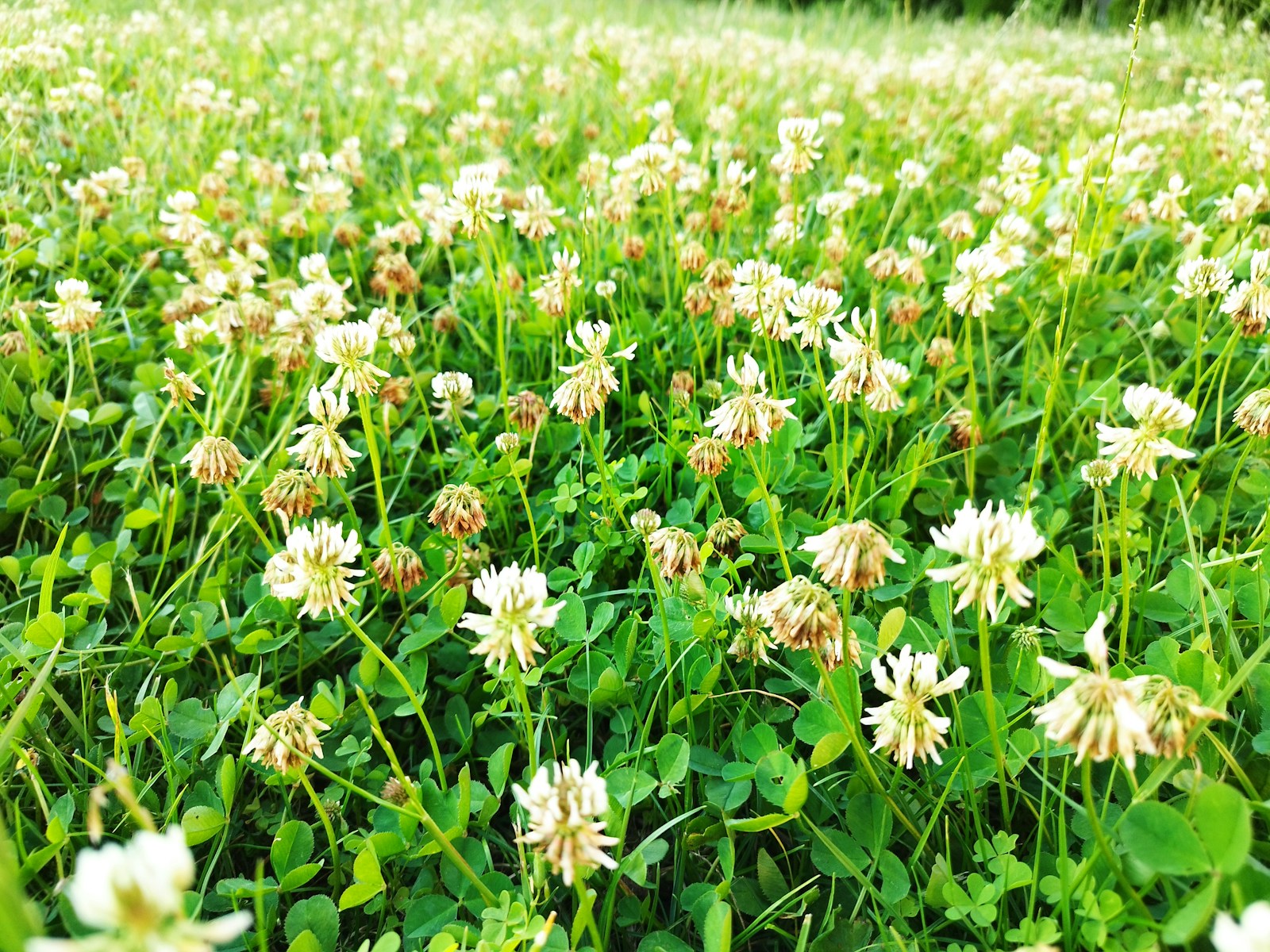Gardening enthusiasts across the U.S. are constantly searching for ways to improve their plant health and yield. One of the most effective solutions gaining popularity is using Mother Earth Coco Perlite, a sustainable and versatile growing medium. Whether you’re a seasoned gardener in California or a beginner in Texas, this blend of coconut coir and perlite offers unparalleled benefits for your plants.
In this article, we’ll explore everything you need to know about using Mother Earth Coco Perlite, from its advantages to step-by-step application tips, environmental impact, and troubleshooting common mistakes.
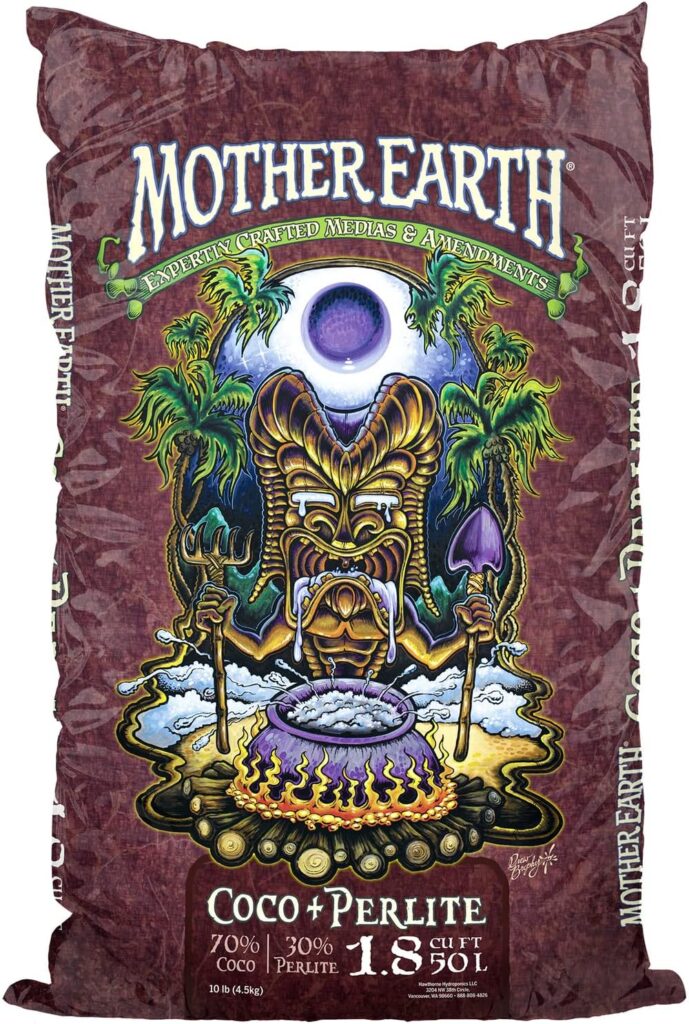
What is Mother Earth Coco Perlite?
Mother Earth Coco Perlite is a premium growing medium made from a blend of coconut coir and perlite. Coconut coir, derived from the fibrous husk of coconuts, is a renewable resource that provides excellent water retention and aeration. Perlite, a volcanic glass that expands when heated, enhances drainage and prevents soil compaction. Together, they create an ideal environment for plant roots to thrive.
This combination is particularly popular among hydroponic gardeners, container growers, and those looking for a sustainable alternative to traditional peat-based soils.
Why Choose Mother Earth Coco Perlite?
Pros of Using Mother Earth Coco Perlite
- Superior Aeration and Drainage: The perlite in the mix ensures roots receive ample oxygen, reducing the risk of root rot.
- Water Retention: Coconut coir holds moisture effectively, ensuring plants stay hydrated without becoming waterlogged.
- Sustainability: Coconut coir is a byproduct of the coconut industry, making it an eco-friendly choice compared to peat moss, which is harvested from non-renewable peat bogs.
- pH Neutral: Unlike peat moss, which is acidic, coconut coir has a neutral pH, making it easier to adjust for specific plant needs.
- Lightweight: Perfect for container gardening, especially for urban gardeners in places like New York or San Francisco.
Cons of Using Mother Earth Coco Perlite
- Initial Cost: It can be more expensive than traditional soil mixes.
- Nutrient-Free: Unlike compost-rich soils, coco perlite doesn’t contain nutrients, so you’ll need to fertilize regularly.
- Salinity Concerns: Low-quality coconut coir may contain high salt levels, so it’s essential to rinse it before use.
How to Use Mother Earth Coco Perlite: A Step-by-Step Guide
Step 1: Prepare Your Growing Containers
Choose containers with adequate drainage holes. Fill them with Mother Earth Coco Perlite, leaving about an inch of space at the top.
Step 2: Hydrate the Medium
Coco coir often comes in a dehydrated brick form. Soak it in water until it expands, then mix it with perlite according to the package instructions.
Step 3: Plant Your Seeds or Transplants
Create small holes in the medium and place your seeds or seedlings. Gently cover the roots and pat down the mix to secure the plant.
Step 4: Water and Fertilize
Water thoroughly, ensuring the medium is evenly moist. Since coco perlite is nutrient-free, use a balanced fertilizer to provide essential nutrients.
Step 5: Monitor and Maintain
Check the moisture levels regularly. Coco perlite dries out faster than soil, so you may need to water more frequently.
Environmental Impact and Sustainability
Mother Earth Coco Perlite is a game-changer for eco-conscious gardeners. Coconut coir is a renewable resource, and its production has a lower environmental impact compared to peat moss. Additionally, perlite is naturally occurring and non-toxic.
According to the University of Florida IFAS Extension, coconut coir is an excellent alternative to peat moss, reducing the strain on peat bogs, which are critical carbon sinks. By choosing coco perlite, you’re contributing to a more sustainable future.
Common Mistakes and How to Avoid Them
Mistake 1: Overwatering
While coco perlite retains moisture well, overwatering can still lead to root rot. Use a moisture meter to monitor levels.
Mistake 2: Skipping Fertilization
Coco perlite doesn’t contain nutrients, so forgetting to fertilize can stunt plant growth. Use a hydroponic nutrient solution or organic fertilizers.
Mistake 3: Using Low-Quality Coco Coir
Some cheaper coco coir products may contain high salt levels. Always rinse the coir before use or opt for trusted brands like Mother Earth.
Real-Life Success Stories
Urban Gardener in Chicago
Sarah, a Chicago-based urban gardener, switched to Mother Earth Coco Perlite for her balcony tomato plants. She noticed a significant improvement in growth and yield, attributing it to the medium’s excellent drainage and aeration.
Hydroponic Enthusiast in Arizona
John, a hydroponic grower in Arizona, uses coco perlite for his lettuce and herbs. He appreciates its lightweight nature and sustainability, which align with his eco-friendly gardening philosophy.
Comparing Mother Earth Coco Perlite to Alternatives
| Feature | Coco Perlite | Peat Moss | Soil |
|---|---|---|---|
| Aeration | Excellent | Good | Moderate |
| Water Retention | High | Very High | Moderate |
| Sustainability | High | Low | Moderate |
| pH Level | Neutral | Acidic | Varies |
| Weight | Lightweight | Lightweight | Heavy |
Final Thoughts
Using Mother Earth Coco Perlite is a smart choice for gardeners seeking a sustainable, high-performance growing medium. Its blend of coconut coir and perlite offers superior aeration, water retention, and eco-friendliness, making it ideal for both beginners and experts. By following the tips and guidelines in this article, you can unlock the full potential of your garden while contributing to a healthier planet.
